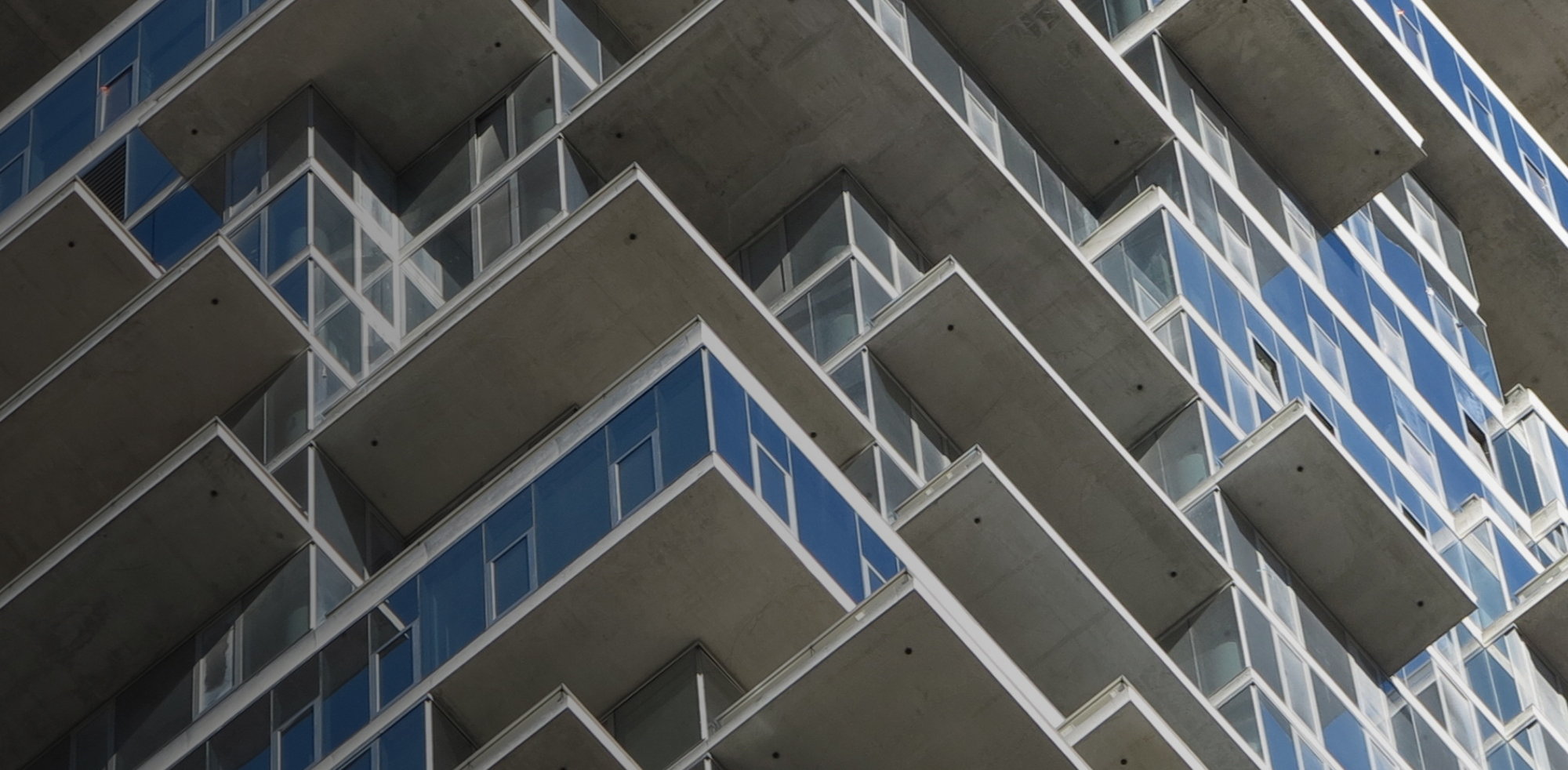Architects: Want to have your project featured? Showcase your work through Architizer and sign up for our inspirational newsletters.
Architecture shapes the very structure of life as we know it, but design is also a vehicle for expressing less tangible aspects of human existence. Architects are responsible for designing the ways that we commemorate joint experiences of the past, and for creating tangible expressions of shared, collective memories. Throughout history, memorial structures have held a significant place in society, whether as a small shrine to honor a local hero or as a reminder of a larger piece of history such as the Hiroshima Memorial.
In such cases, monuments are designed to create a space for those who have been directly or indirectly impacted by these incidents. Architects must creatively compose a place where individuals can either come and share their grief with others or celebrate a climactic moment in time. By creating a space for reflection and healing, monuments mark significant moments in the past while also offering a path forward. This list focuses on North American memorials; while each one is distinct in its cause, impact and representation, the following 7 designs are unified in espousing proudly emotional impacts.

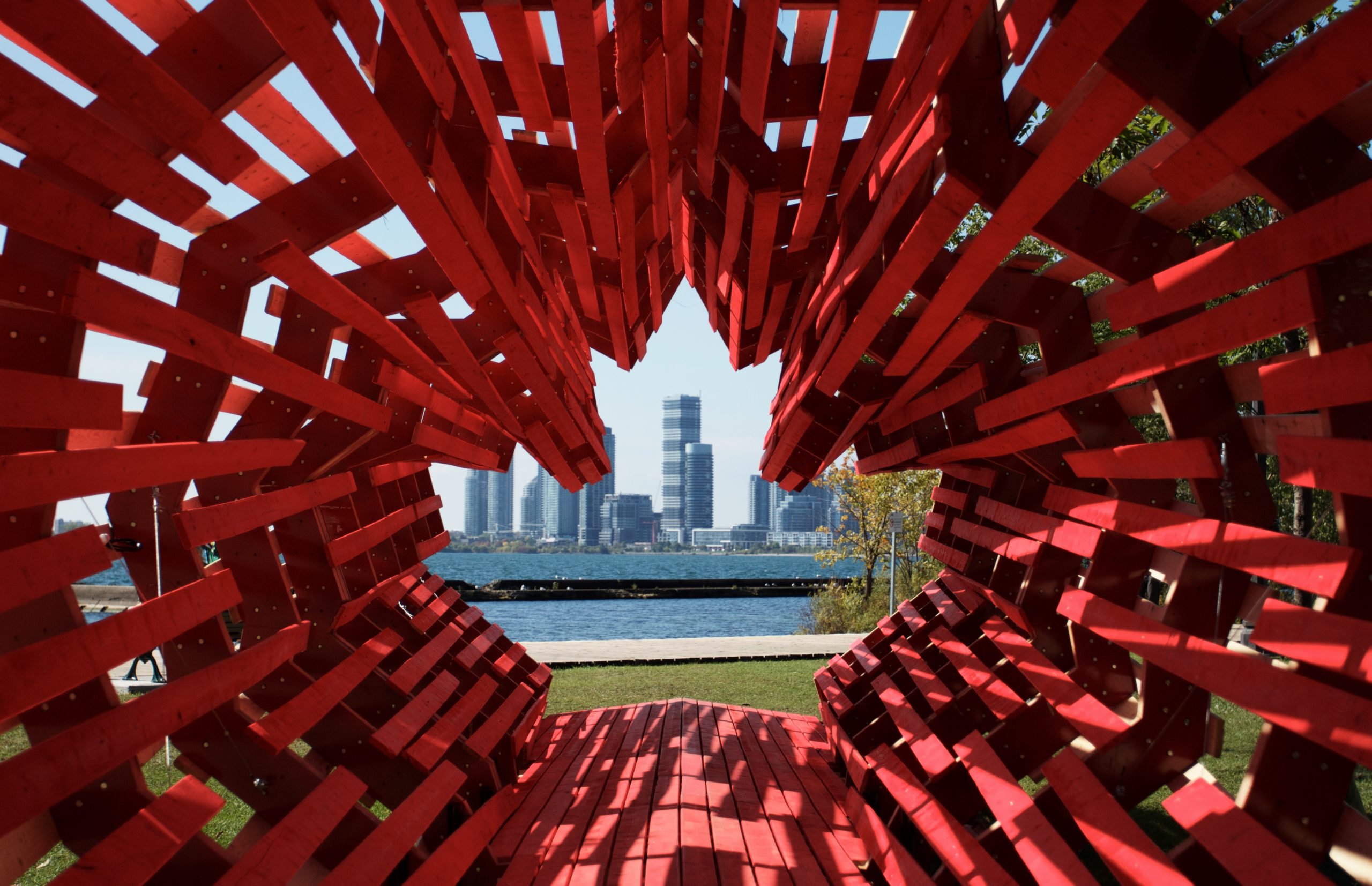
Images by Gergely Szinnay and Soraya Hegyesi
Tunnel Through Time by Hello Wood, Toronto, Canada
This installation is a nod to the 37,565 Hungarian refugees that came to Canada after fleeing their home country during the Hungarian Revolution of 1956. It celebrates those who welcomed these immigrants with open arms as well as the new residents’ contribution to the Canadian economy. The tunnel is shaped like the Hungarian flag with a hole on one end that gradually transforms into the national symbol of Canada: the maple leaf. There are 37,565 pieces of wood in this tunnel, one for each person that came to the country.
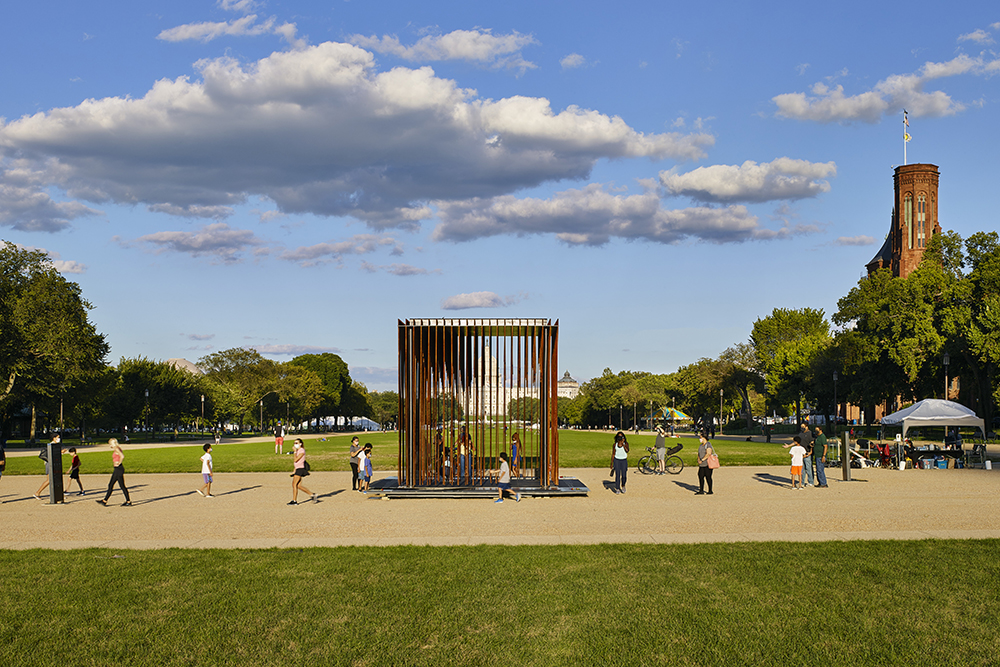
Image by Alan Karchmer
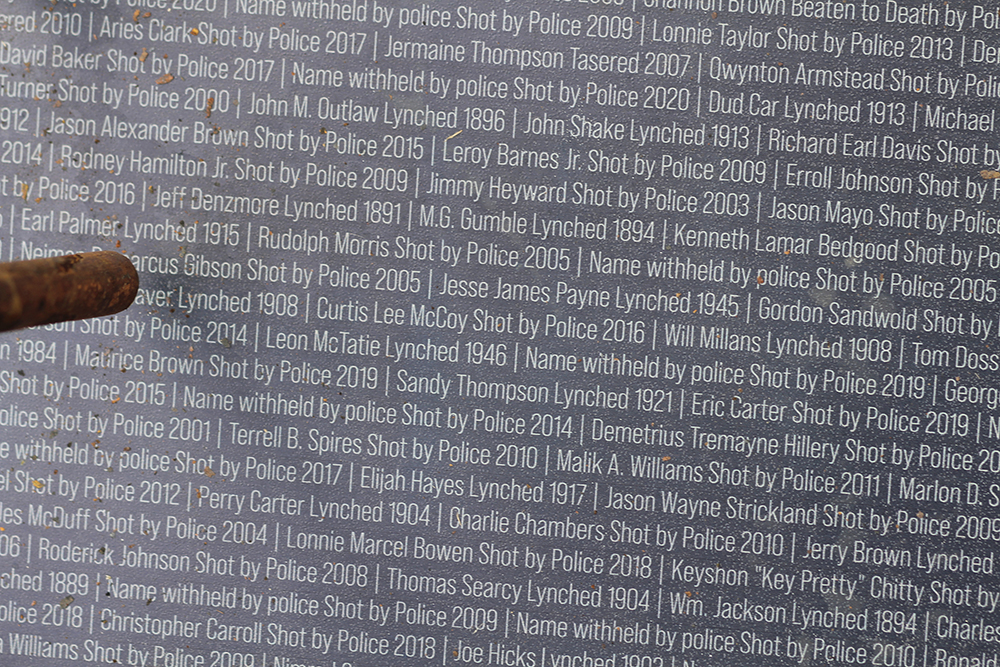
Image by SmithGroup
Society’s Cage by SmithGroup, Washington, DC
The George Floyd and Breonna Taylor murders sparked outrage across the country. To further cement the Black Lives Matter movement, SmithGroup created this traveling installation that educates visitors about the severe consequences of racial bias. The pavilion is composed of a series of bars hung from a square slab to create a cube. The length of these bars and the form of the void created below is governed by data that maps the odds stacked against the Black community. A fourth of all bars touch the ground, denoting the probability of being imprisoned if an individual is a Black American. This message is reinforced by a floor that features a list of names of those who were lynched or shot by police.

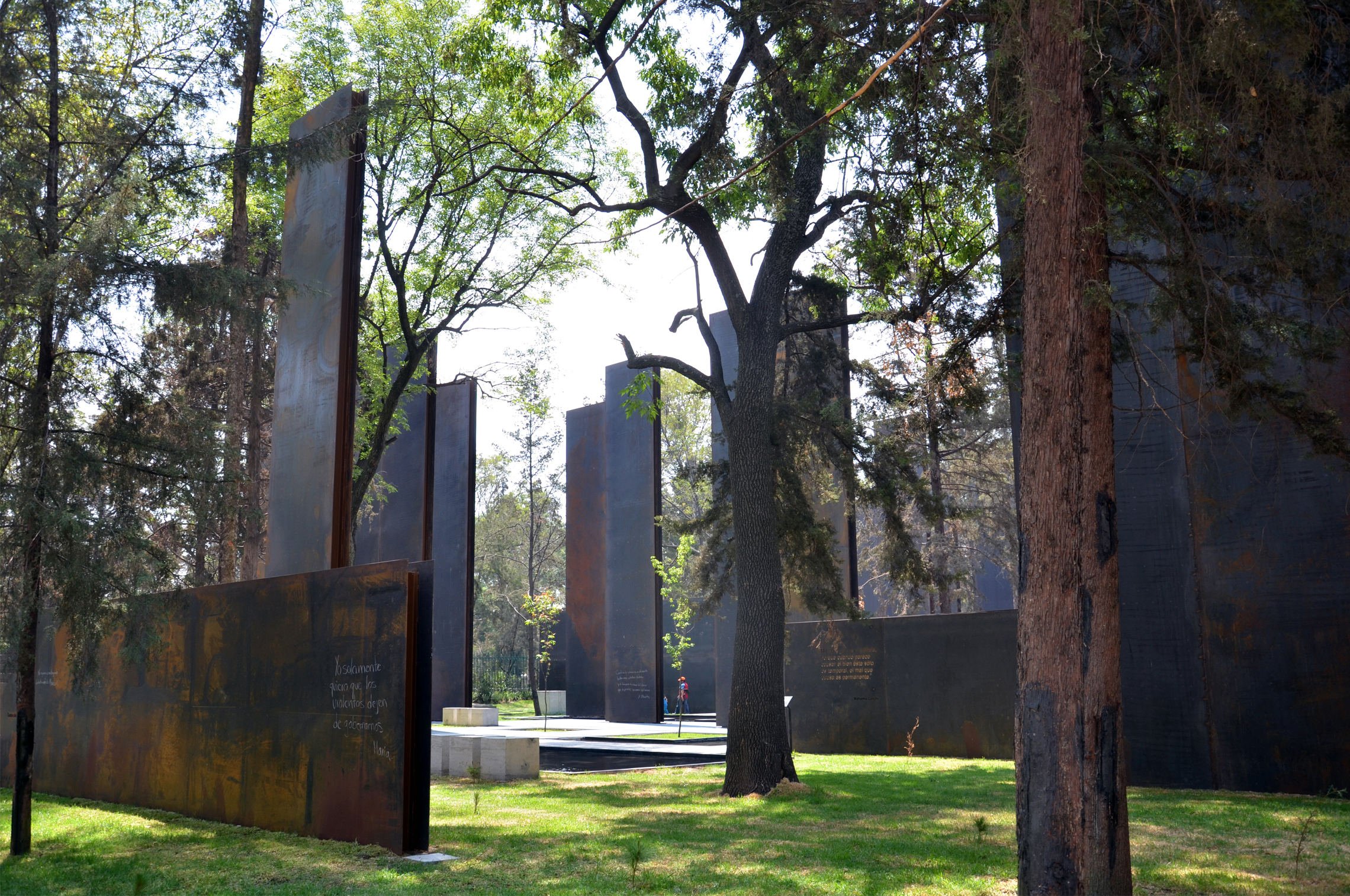
Image by Sandra Pereznieto
Memorial to Victims of Violence in Mexico by Lighteam Gustavo Avilés and Gaeta Springall Arquitectos, Mexico City, Mexico
Large steel plates make up this memorial dedicated to the victims of violence in Mexico. These weathered and reflective plates mark the political and social turmoil in the country and build tension between the idea of mass and void. People are welcome to write names of their lost friends and families and let them become a part of a larger narrative in history.
The gaps between the plate signify the absence of those who are not here anymore and act as reflective spaces for visitors walking around this structure. At its center lies a fountain with an open form to remind everyone that violence is still an ongoing issue. The space is visualized as a cathartic experience for people to come together and mourn, reflect and remember.
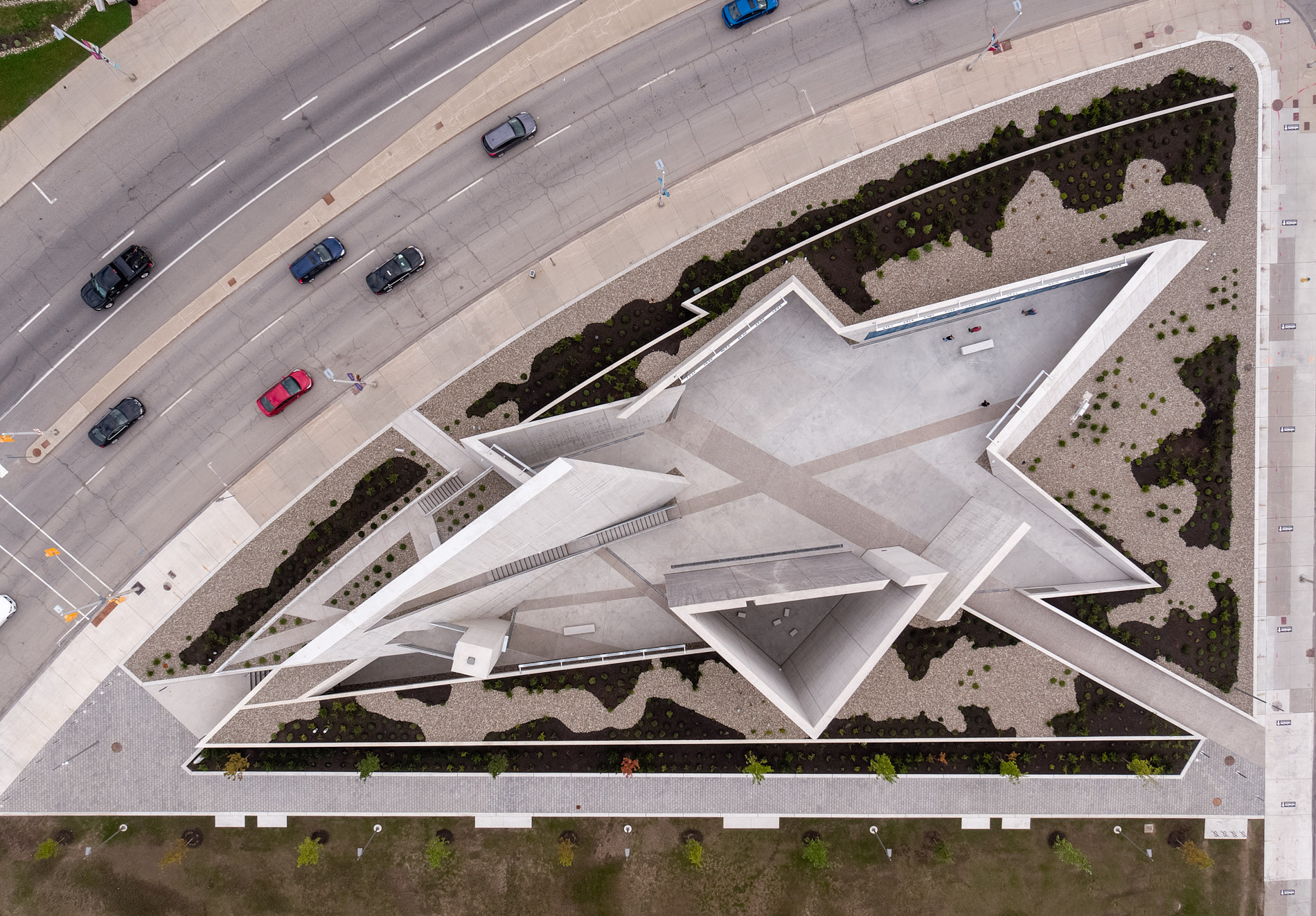
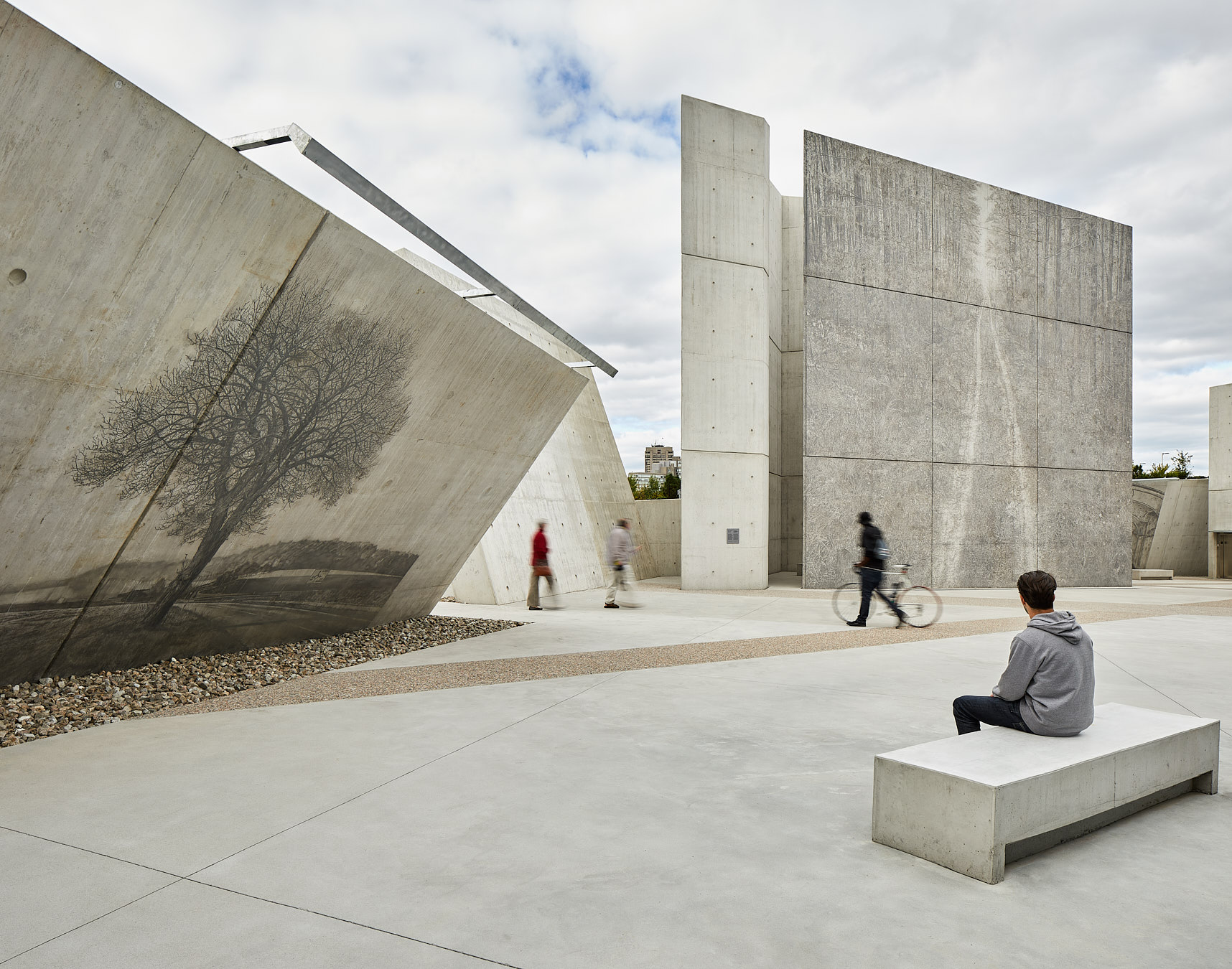 National Holocaust Monument by Studio Libeskind, Ottawa, Canada
National Holocaust Monument by Studio Libeskind, Ottawa, Canada
Studio Libeskind draws from the six-pointed star that Jews were forced to wear for identification during the Nazi era to conceptualize this memorial structure. The triangular walls of the monument feature monochromatic paintings of the present-day images of the Holocaust sites photographed by Edward Burtynsky. The artwork, combined with the angled walls, creates an alternate reality that visitors are temporarily transported to. The monument not only honors those who were lost during the time but also stands for the survivors who immigrated to Canada and stands as a symbol of strength and human resilience.

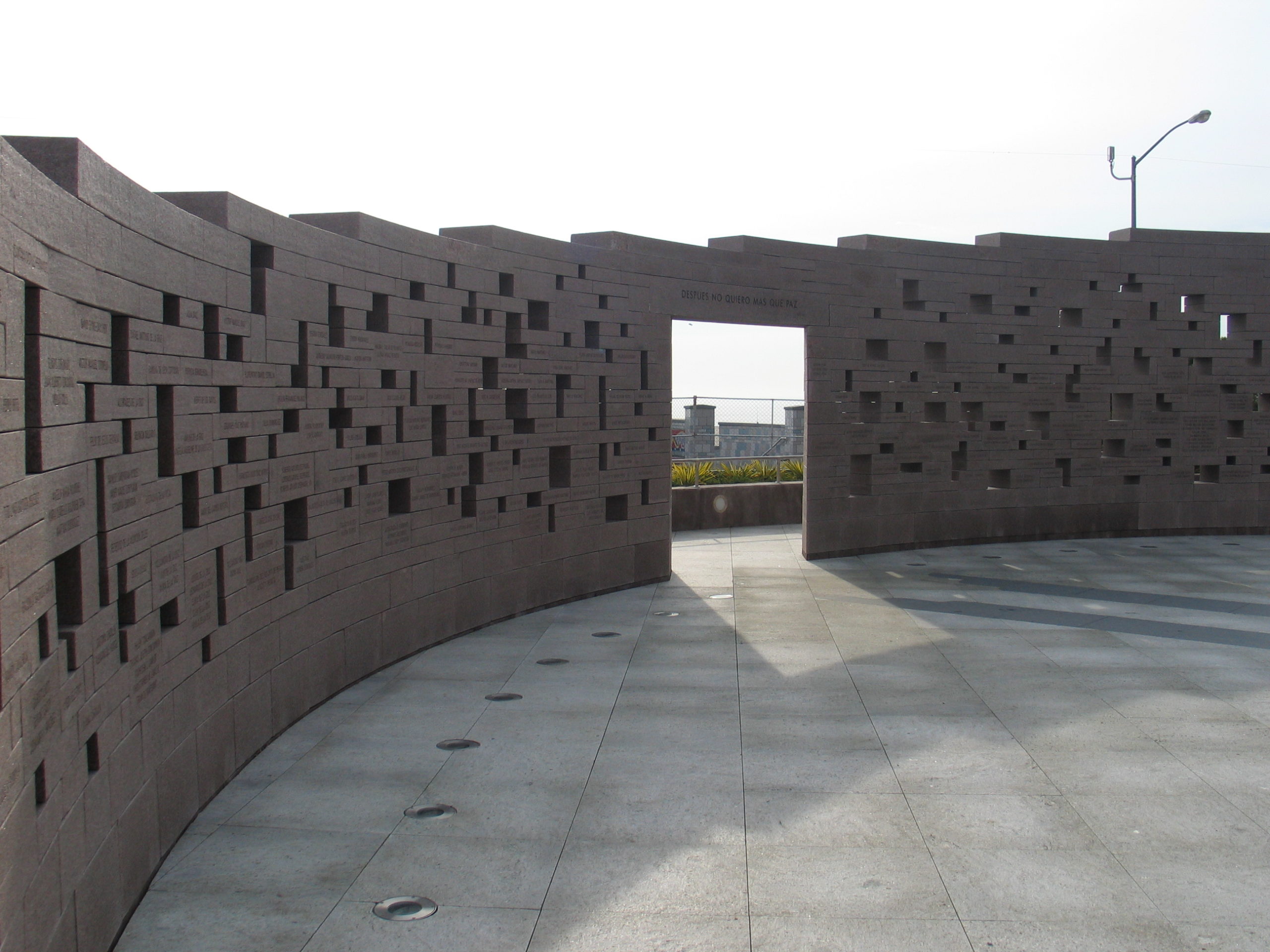 587 Memorial by SITU and Freddy Rodriguez, Queens, New York
587 Memorial by SITU and Freddy Rodriguez, Queens, New York
On November 12, 2001, the American Airlines Flight 587 from Queens to Santo Domingo crashed, resulting in 265 casualties. Artist Freddy Rodriguez collaborated with SITU to pay homage to the victims. The memorial features a curved granite wall that has several voids that frame views of the sky and the water. The names of each of the victims are etched onto this wall. The wall also has a central threshold for light to pass through. On the anniversary of the crash, exactly at the time the event took place, the sunlight passes through this large hole and connects with the paved pattern on the ground.
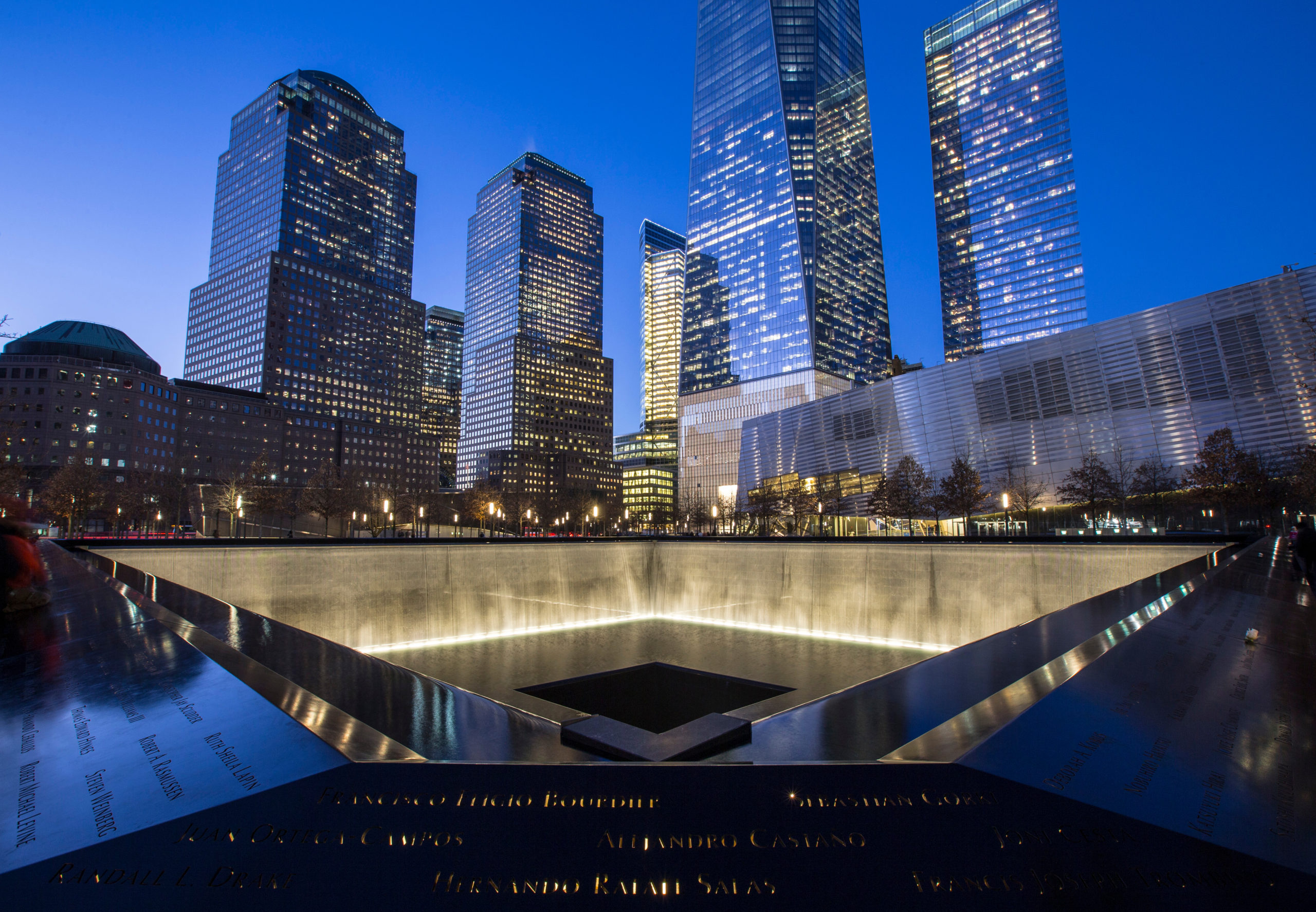
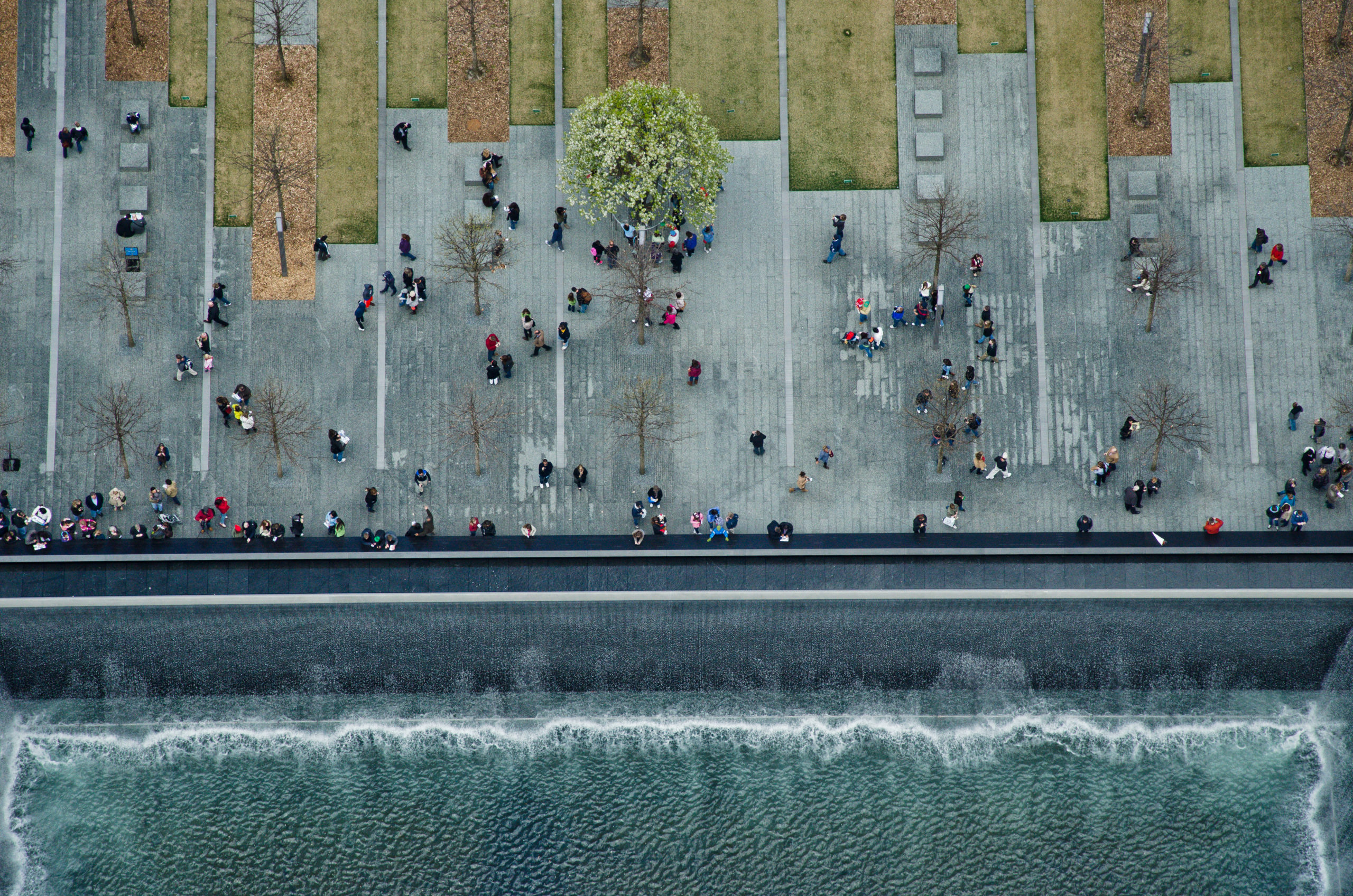 National September 11 Memorial by Handel Architects, New York City, New York
National September 11 Memorial by Handel Architects, New York City, New York
Popular Winner, 2014 A+Awards, Institutional – Memorials
The attack on the World Trade Center towers on September 11, 2001 not only shook the country but also the world. This memorial was planned as part of the new World Trade Center complex to remember the past while moving into the future. The open plaza has two reflective pools that are flanked by waterfalls. These recesses represent the absence of those who were lost in the attack, with the individual streams of water falling in echoing these sentiments. The names of the victims are also etched onto bronze plates around this void.
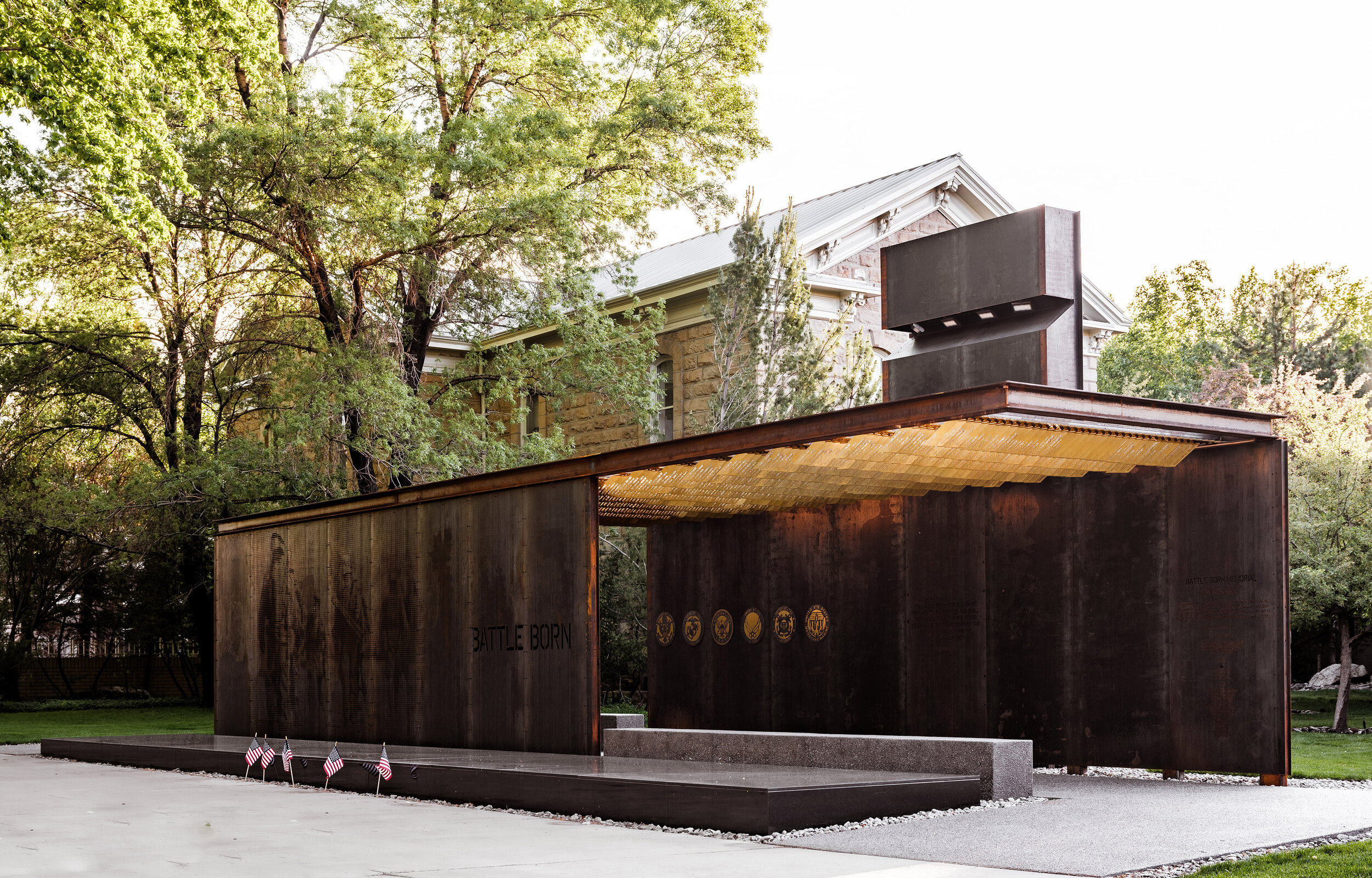
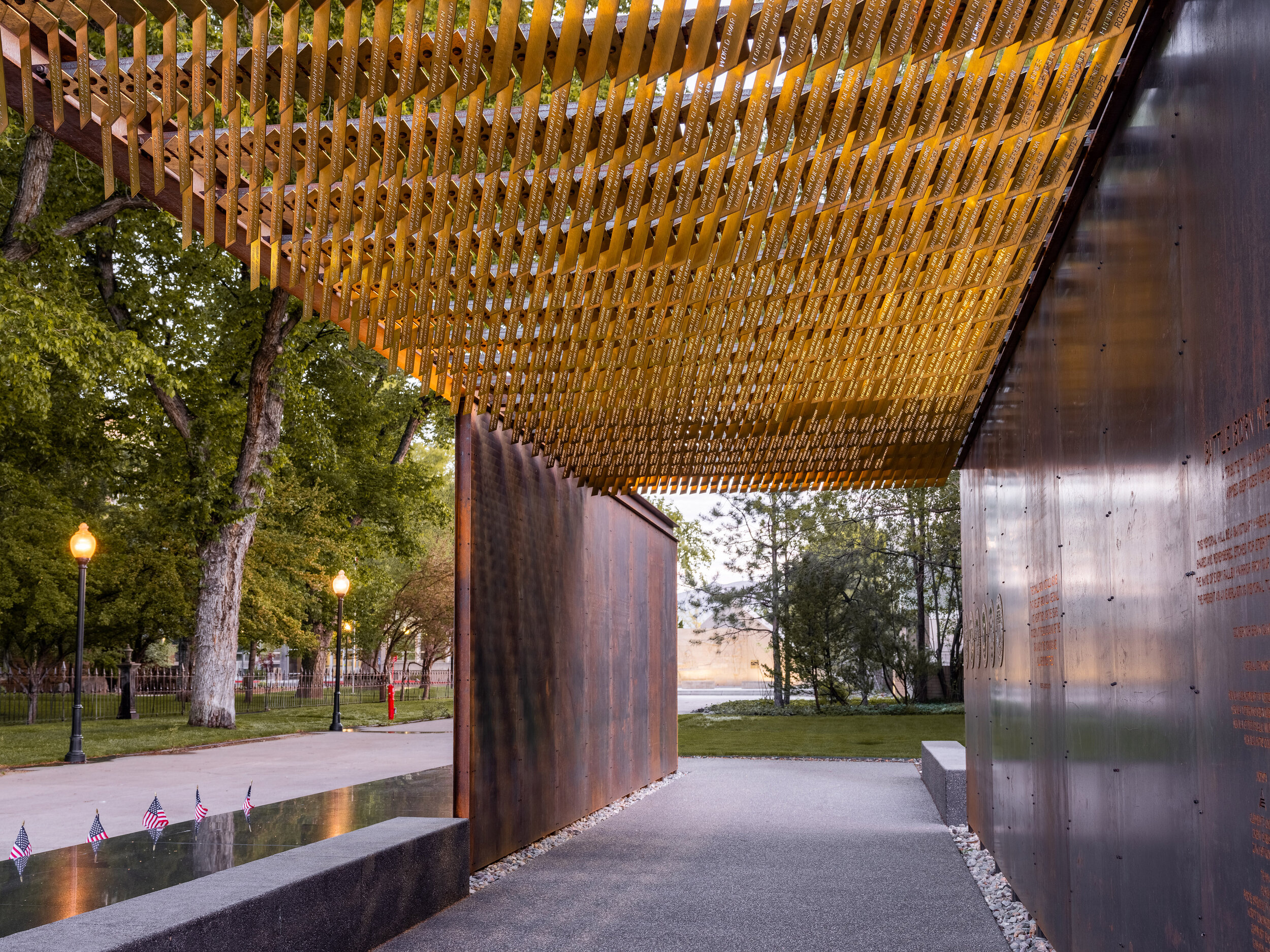 Battle Born: Memorial to Nevada’s Fallen Warriors by PUNCH, Carson City, Nevada
Battle Born: Memorial to Nevada’s Fallen Warriors by PUNCH, Carson City, Nevada
This is one of the many memorials in the US that honors fallen soldiers. The minimal Battle Born memorial salutes the fallen warriors from Nevada with a contemporary design. The minimal structure is shaped by the geometry of the buildings around it and is accompanied by a granite reflecting pond. The use of a five-pointed is a symbolization of the US. In addition to this, a six-pointed star shows man’s position between the earth and the sky and also points to the six wars that these warriors were a part of. The ceiling is a series of nameplates that feature two names each and are arranged in order of the different wars.
Architects: Want to have your project featured? Showcase your work through Architizer and sign up for our inspirational newsletters.
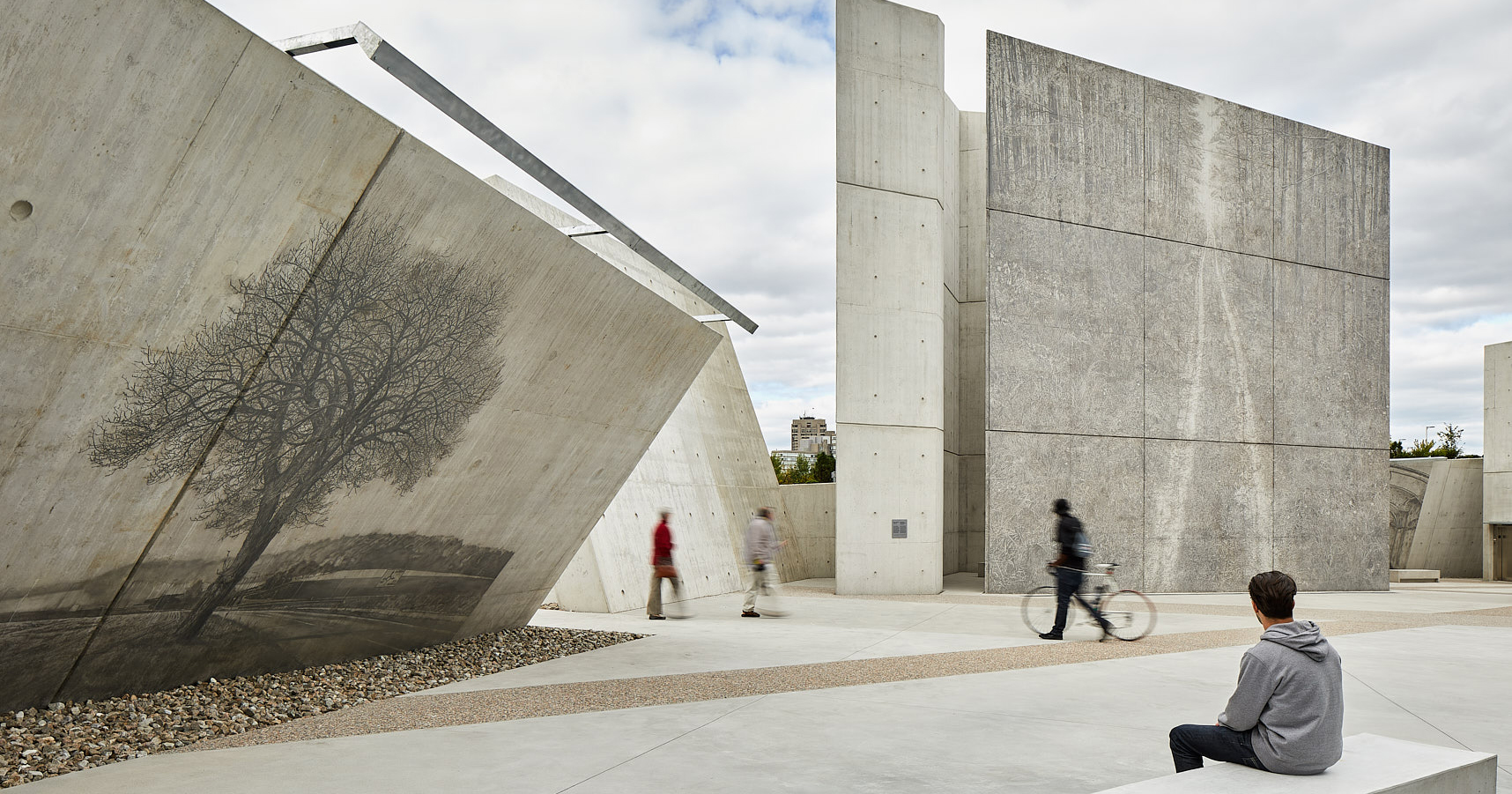





 587 Memorial
587 Memorial  Memorial to Victims of Violence in Mexico
Memorial to Victims of Violence in Mexico  National Holocaust Monument
National Holocaust Monument  National September 11 Memorial
National September 11 Memorial  Tunnel Through Time
Tunnel Through Time 